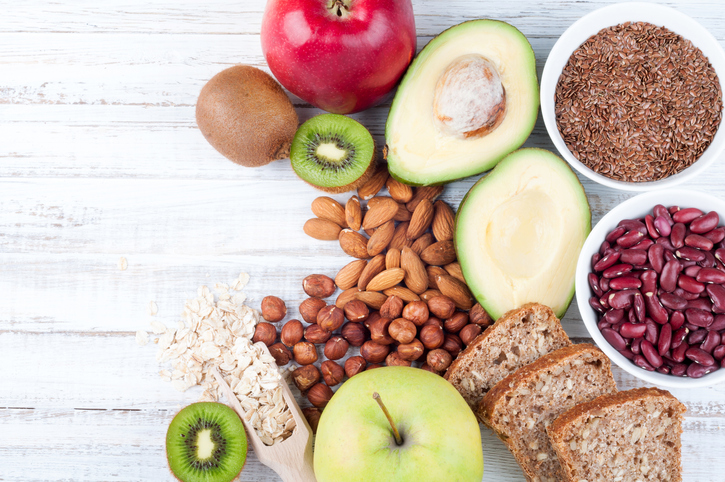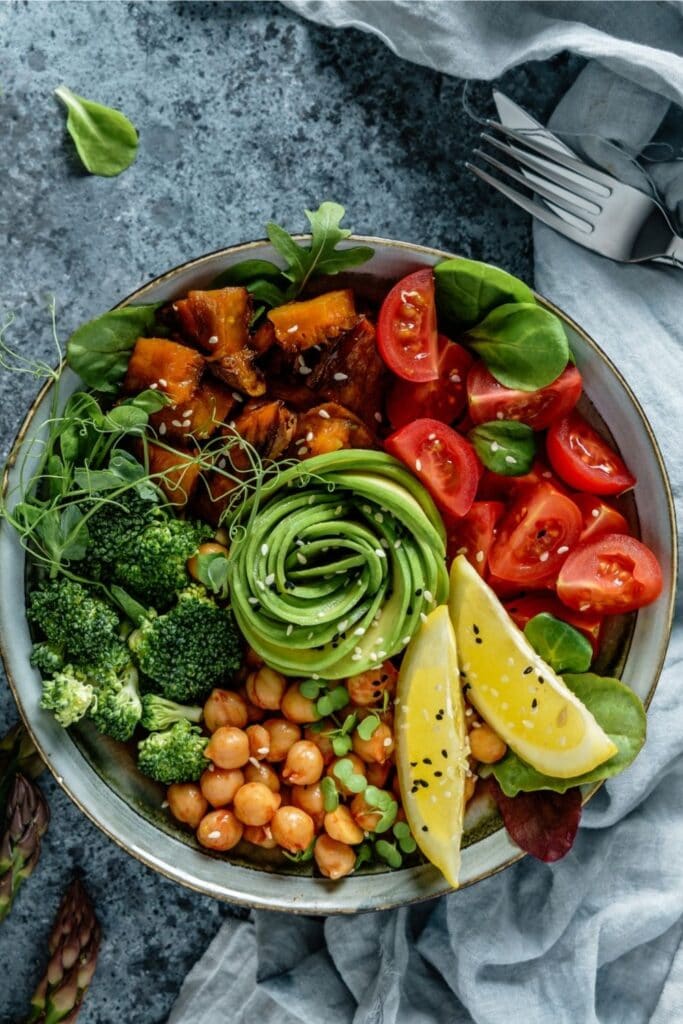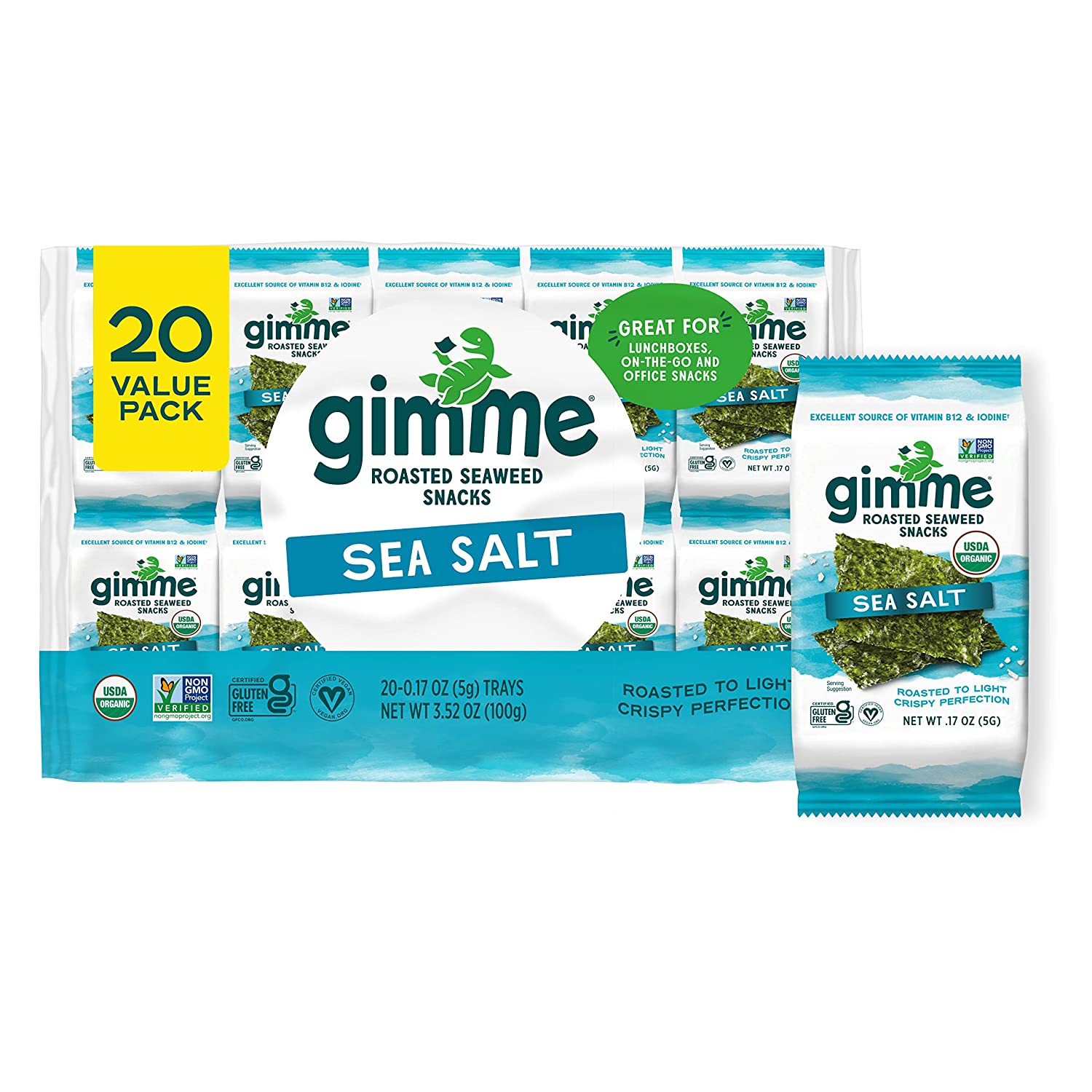
A few key benefits are worth considering when contemplating a plantbased diet. Plant-based staples like canned beans and chickpeas are cheaper than meat, and you can save money by avoiding pre-packaged foods. The freezer can keep many fruits and veggies longer. Some pre-packaged plant-based food products are lower in nutrients and more sugary or processed.
The health benefits of a plant-based diet
Plant-based diets are a great way of improving your health. It has a number of essential nutrients that will help to maintain your body in balance. For example, fruits, vegetables and legumes are high in antioxidants as well as phytochemicals. All of these ingredients can help to prevent chronic diseases and keep your cells healthy. These foods are also high in fiber, which helps regulate your blood sugar levels and promotes bowel movement.
A plant-based diet may reduce your risk of cardiovascular disease, diabetes, and obesity. It may also reduce your risk of having angina attacks by as much as 90% according to some studies. The diet can also improve digestion and energy levels. Many studies show that people who follow plant-based diets have lower cholesterol levels. The benefits of a plant-based diet extend beyond preventing disease. Some people have experienced an increase in energy levels, decreased risk of cancer, and a reduced need for medication.

Making your favourite dishes plant-based
Change your diet without major changes by switching to plant-based foods for one day a weeks. You can make the transition easier by looking for substitutes for traditional ingredients. If you enjoy bolognaise replace it with vegetables, or kidney beans. Falafel is a great alternative to meat. You can also use tofu in burgers instead of meat. Also, hummus can be substituted for meat by cashews and cashews.
Try to use as many fresh and natural ingredients as you can to make your favourite plant-based dishes. You can find seasonings, vegetables, and other ingredients at your local supermarket. Or, you can prepare your favorite recipes at home. By understanding how plants and vegetables affect the taste of food, you can easily alter recipes to suit your tastes. You can make your favourite meals more nutritious and delicious by including a few more ingredients.
When you eat a plant-based lifestyle, it is important to avoid processed foods.
To ensure that you are getting the right nutrients, it is important to eat a variety of whole plant-based foods. A variety of plant-based foods means there's less risk of deficiency and your body is more likely to receive the appropriate amount of nutrients it needs. A variety of foods is important to get the necessary amount of protein.
When choosing a plant-based diet, try to avoid processed food. Processed food strips plants of their nutrients and adds large amounts of ingredients that were not intended by nature. You can avoid unhealthy ingredients such as sugar and fat by choosing whole plant-based foods. Processed foods can contain more sodium than whole-food alternatives.

Reduce your risk of developing chronic diseases
A plant based diet has many health benefits. A plant-based diet has many health benefits. One is the lower risk of developing chronic diseases. A study showed that a plant based diet can decrease your risk of developing cardiovascular disease by 30%. It can also reverse some types of cancer, fatty liver disease, diabetes and other conditions. If you have been diagnosed with any of these conditions, it can increase your chances of survival or remission.
Low energy density is another benefit of a plant-based lifestyle. Plant-based meals contain high amounts of fiber, water, complex carbohydrates, and other nutrients. This means you'll feel fuller for longer periods of time and consume less food. These foods also have many beneficial antioxidants, which help keep your body in balance. Additionally, eating more plants-based foods can increase your hunger and help you burn calories at rest. For these reasons, plant-based diets are a great choice for improving your health.
FAQ
What is the difference between calories and kilocalories?
Calories are units that measure the energy content of food. Calories are a unit of measurement. One calorie is equal to one degree Celsius in energy.
Kilocalories are another way to describe calories. Kilocalories are measured as a thousandth of a calorie. For example, 1000 calories equals one kilocalorie.
How can you live a healthy life?
Are there 5 ways to have a healthy lifestyle?
Living a healthy lifestyle includes eating right, exercising regularly, getting enough sleep, managing stress, and having fun! Good eating habits include avoiding processed foods, sugar, unhealthy fats, and avoiding junk food. Exercise helps burn calories and strengthens muscles. Sleeping enough can improve memory and concentration. Stress management can reduce anxiety and depression. Fun is key to staying young and vibrant.
How can I lower my blood pressure
The first thing you need to do is find out what causes high blood pressure. Then, you can take steps to lower your blood pressure. This could be as simple as eating less salt, losing weight (if necessary), or even taking medication.
Exercise is also important. If you don’t have enough time to exercise regularly, consider walking more often.
If you are unhappy about how much exercise you do, you might consider joining a fitness club. A gym that has other members who share your goals will be a good place to start. You will find it easier to keep to a workout schedule if you have someone to watch you at the gym.
Why should we live a healthy existence?
Healthy lifestyles lead to happier and longer lives. A healthy lifestyle, regular exercise and good sleep habits will prevent the development of diseases such as stroke, diabetes and heart disease.
A healthy lifestyle will improve our mental well-being and help us deal better with everyday stresses. Having a healthy lifestyle will also boost our self confidence and help us look and feel younger.
How often should I exercise?
Exercise is essential for maintaining a healthy lifestyle. But, you don't need to spend a specific amount of time exercising. Finding something that you love and sticking with it is the key.
You should aim to do 20-30 minutes of moderate intensity exercise three times per week. Moderate intensity is when you still have to breathe hard after the workout. This type of exercise burns approximately 300 calories.
You can walk for 10 minutes every day if that is what you prefer. Walking is low in impact and easy for your joints.
If you'd rather run, try jogging for 15 minutes three times a week. Running is an excellent way to lose weight and tone your muscles.
You can start slow if you are new to exercise. Begin with 5 minutes of cardio every other day. Gradually increase the time you do cardio until your goal is reached.
What is the working principle of an antibiotic?
Antibiotics are medications that kill harmful bacteria. Antibiotics can be used to treat bacterial infection. There are many options for antibiotics. Some can either be administered orally, while others may be injected. Other antibiotics can also be applied topically.
Antibiotics can often be prescribed for people who have been infected with certain germs. One example is if someone has had chickenpox and wants to prevent shingles. An injection of penicillin may be necessary to prevent pneumonia if someone has strep.
Doctors should prescribe antibiotics to children. Children are more susceptible to side effects from antibiotics than adults.
The most common side effect of antibiotics is diarrhea. Side effects of antibiotics include diarrhea, stomach cramps and nausea. These side effects are usually gone once the treatment has finished.
What is the difference between a virus and a bacterium?
A virus is a microscopic organism that cannot reproduce outside its host cell. A bacterium is an organism that splits itself in two. Viruses can be as small as 20 nanometers, while bacteria can grow up to 1 micron.
Viruses are spread via contact with infected bodily liquids such as urine, saliva, semen and vaginal secretions. Bacteria is usually spread directly from surfaces or objects contaminated with bacteria.
Viral infections can be transmitted through skin cuts, scrapes and bites. They can also get into the skin through the nose, mouth and eyes, ears as well as through the rectum, rectum and anus.
Bacteria can enter the body through cuts, scrapes burns and other injuries to the skin. They may also come into our bodies through food, water, air, soil, dust, or animals.
Both bacteria and viruses cause illness. But viruses do not have the ability to multiply within their hosts. They can only infect living cells and cause illness.
Bacteria can multiply within their hosts and cause illness. They can invade other areas of the body. That's why we need antibiotics to kill them.
Statistics
- WHO recommends consuming less than 5% of total energy intake for additional health benefits. (who.int)
- According to the Physical Activity Guidelines for Americans, we should strive for at least 150 minutes of moderate intensity activity each week (54Trusted Source Smoking, harmful use of drugs, and alcohol abuse can all seriously negatively affect your health. (healthline.com)
- nutrients.[17]X Research sourceWhole grains to try include: 100% whole wheat pasta and bread, brown rice, whole grain oats, farro, millet, quinoa, and barley. (wikihow.com)
- This article received 11 testimonials and 86% of readers who voted found it helpful, earning it our reader-approved status. (wikihow.com)
External Links
How To
What does the word "vitamin" mean?
Vitamins are organic compounds naturally found in food. Vitamins are essential for our bodies to absorb nutrients from the foods we eat. Vitamins are not made by the body, so they must be obtained through food.
There are two types of vitamins: water soluble and fat soluble. Water-soluble vitamins dissolve readily in water. Vitamin C,B1(thiamine), B2 (2riboflavin), and B3 (3niacin), as well as vitamin C,B1, B2 (riboflavin), and B3 (niacin), vitamin B6 (pyridoxine), vitamin folic acid (biotin), pantothenic, and choline are examples. The liver and fat soluble vitamins are stored in fatty tissue. These include vitamin D, E and K, as well as beta carotene.
Vitamins can be classified by their biological activity. There are eight major groups of vitamins:
-
A – Essential for normal growth, and the maintenance of good health.
-
C - important for proper nerve function and energy production.
-
D - Essential for healthy teeth and bones.
-
E - required for good vision & reproduction.
-
K - required for healthy muscles and nerves.
-
P – Vital for building strong bones.
-
Q - aids digestion and absorption of iron.
-
R - necessary for making red blood cells.
The recommended daily allowance (RDA) of vitamins varies depending on age, gender, and physical condition. The U.S. Food and Drug Administration sets RDA values.
For adults aged 19 and older, the RDA for vitamin B is 400 micrograms daily. Pregnant women require 600 micrograms daily to support fetal development. Children ages 1-8 require 900 micrograms per day. Infants below one year of age need 700 micrograms daily. But, between 9 months to 12 months of age, the amount drops to 500micrograms per days.
Children aged 1-18 require 800 micrograms of sugar per day, while those who weigh more than 1200 need 1000. For their nutritional needs, underweight children need 1200 mg per day.
Children between 4-8 years of age who have been diagnosed by anemia must consume 2200 micrograms daily of vitamin C.
2000 micrograms is the minimum daily intake for general health in adults older than 50 years. Due to their increased nutrient needs, pregnant and breastfeeding women need 3000 micrograms daily.
Adults over 70 need 1500 micrograms daily, since they lose around 10% of their muscle mass every decade.
Women who are pregnant or lactating need more than the RDA. Pregnant women require 4000 micrograms daily during pregnancy, and 2500 micrograms every day after birth. Breastfeeding mothers need to consume 5000 micrograms each day when breastmilk has been produced.